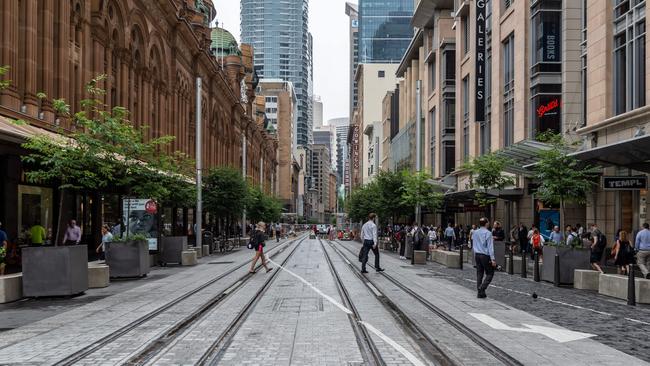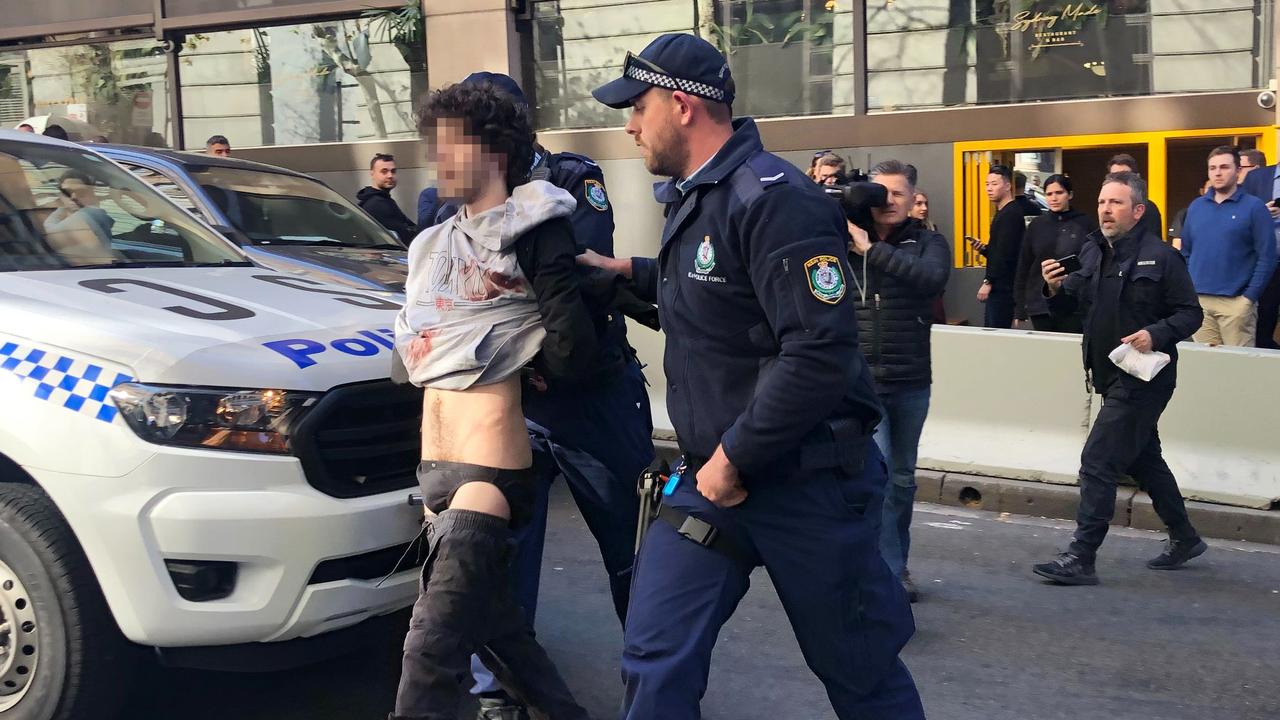Blowouts cost us dearly
We can’t afford costly infrastructure errors anymore and governments must be more transparent and accountable.

In recent years, at both state and federal level, there has been a growing phenomenon of incompetence, leading to costly mistakes and the waste of millions of dollars with new infrastructure.
These can be caused by both bad project design decisions, especially relating to specifications, also toxic, complex implementation policies.
As you endure another delay at Mascot International Airport, this is one of the reasons why: the cap on movements means a restriction of 80 plane movements an hour (non–curfew period) but savagely implemented as it is counted on a 15-minute basis within each hour. This greatly adds to further complications and delays at the very busy three-runway hub airport. At the very least the federal government should abolish the 15-minute count imposition as a birthday present to Mascot, celebrating 100 years later this year.
At the relatively new Perth Children’s Hospital, 900 firedoors had to be taken out and replaced, only one of many costly mistakes with this project. The huge Royal Adelaide Hospital project saw painful delays with emergency patient entry jammed night after night, brand new resuscitation rooms had to be redesigned and rebuilt.
Meanwhile, in Queensland both sides are to blame for another QR contract howler, requiring an extra outlay of $350 million to correct design faults relating to minimum disabled access issues for the new electric train fleet already half built, with many in operation.
In NSW a year ago it was discovered the new Inter City train sets are 20cm too wide for the Blue Mountain tunnels, requiring extra costs for expensive tunnel adjustments as well as platform shaving. Bungles relating to ‘Loading Gauge’ are unacceptable.
Further, the new George Street to Randwick light rail is built in standard gauge (1435mm), the same as the light rail from Sydney Central to Dulwich Hill, but there is just enough variation in design of track standards as to prevent trams operating straight through on both systems. Transport of NSW failed to develop a standard set of requirements for all wheel and other aspects of light rail, as is the case in Melbourne.
In Victoria, they get a tick for a uniform light rail set of standards but when building the new line from Geelong to Melbourne via Tarneitt, a key rail overpass at Deer Park West in the original design was taken out by one senior Victorian Transport official, even though the Feds had provided $30 million for this aspect of the project. The key to starting to turn around this level of incompetence is to name and shame those directly responsible for the stuff-ups: for example, the now retired Victorian Transport official whose decision has created delays for many commuter trains from Geelong and likewise trains to Ballarat, at Deer Park West.
Likewise the body politic in WA can tell us who were the four or five supervising engineers or public servants who signed off on the 900 wrong firedoors at the Perth Children’s Hospital, remember all had to be replaced.
Yes, ministers of the Crown have ultimate responsibility and have to bear some blame, but it is time to drill down with big contracts. For example, all transport contracts should state the names upfront as who is in charge of signing off on all key tender document specifications.
Australia is off the pace in areas where we used to shine and increasingly it is the taxpaying public wearing the extra costs and inconvenience. Heads of government, ministers and key advisers must think harder and more strategically.
Hobart has a near perfect, made to measure light rail corridor from the CBD to MONA and Bridgewater from a disused freight track, but is stuffing around and not adopting the obvious strategic way forward.
Likewise in the north, strategic thinking is often wanting, the Townsville to Mount Isa Anglo Cape (1067mm) narrow gauge railway is currently out of action for weeks after impossible flooding, but it should have been reconstructed in mainline standard gauge (1435mm) years ago, as once proposed. This could have been designed to be far more robust against super flooding; yes, parts might be knocked out occasionally but for days, not months. At least the Burdekin River Rail Bridge was built to be able to handle both gauges. This was over 100 years ago.
Australia cannot afford costly infrastructure errors anymore and every effort must be made to get on top of this, including allocation of responsibilities with transparency.
The current David Thodey Review of the Federal Public Service should be bold in its efforts to get the right balance, especially between ministerial office kingpin advisers and senior public servants as well as driving transparency down the line into key infrastructure departments.
Meanwhile, as you suffer another flight delay through Mascot, do make a note to contact your local federal MP and ask do they support abolishing the 15-minute count period within the overall 80 movements an hour cap? If not why not?
Tim Fischer is former deputy prime minister, ex-FreightLink director and ambassador.



To join the conversation, please log in. Don't have an account? Register
Join the conversation, you are commenting as Logout